The Tower of London: Fortress, Prison, and Icon of English History
Few buildings in England carry history of as much weight as the Tower of London. It rises up on the north bank of the River Thames. Because of formidable stone walls plus the iconic White Tower, the structure is instantly recognizable.
The Tower is not any ordinary castle though but rather a fortress plus a royal palace as well as a prison for the keeper of the Crown Jewels. It has witnessed dramatic executions plus royal betrayals, conspiracies, and coronations. It has quietly observed English history’s triumphs and tragedies for almost 1,000 years.

Origins of the Tower
The story of the Tower starts from William’s conquest event. After he was defeating Harold Godwinson at the Battle of Hastings back in 1066, William needed then to secure for himself his hold over London, which was the heart of his kingdom. In 1078, he gave orders for workers to construct a massive stone fortress namely the White Tower in order to dominate the skyline plus remind the people about Norman power.
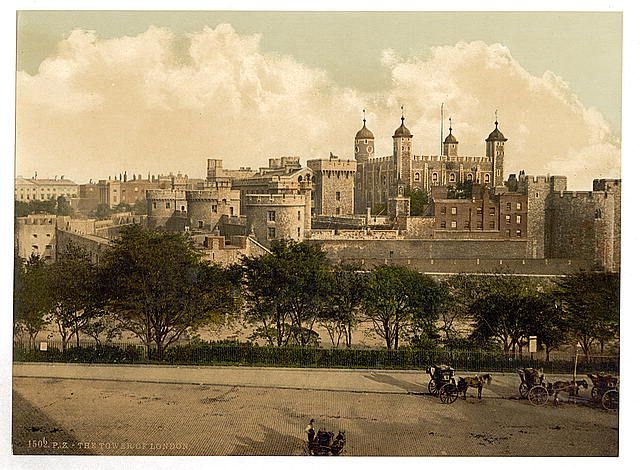
The White Tower is an architectural marvel built using pale Caen stone from France. It was just unlike any of the things that the English had seen until just before. It was a military stronghold besides a statement of authority. Kings did make the Tower complex much larger. The increase happened at some point during the following 200 years. Henry III (1216, 1272) added luxurious royal lodgings so that Edward I (1272, 1307) then strengthened the defenses with a moat and towers along with concentric walls. In the late medieval era, the Tower ranked among Europe’s most imposing fortresses.
Fortress and Royal Residence
The Tower’s location upon the Thames gave it planned importance. From here, kings had the ability to control river traffic for the city of London. It acted as just a royal residence, though it was built as still a fortress. Kings of old sometimes dwelled inside it. This was particularly true in times of unrest.
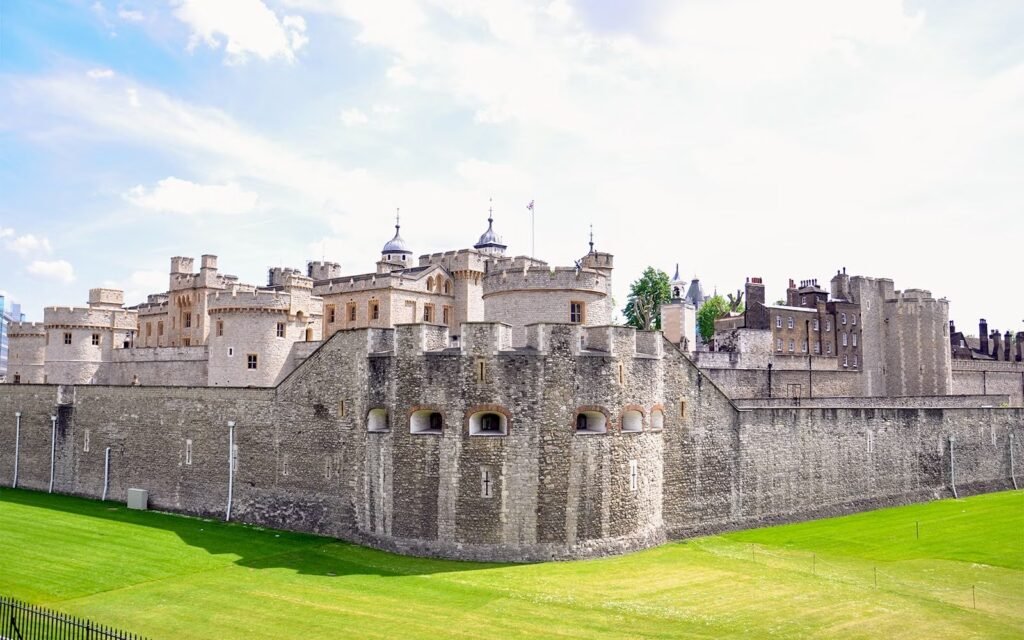
For periods of English history, the Tower was alive with courtly life as well as not simply a gloomy prison. Great feasts occurred there, ceremonies happened in it, and they prepared coronations there. Kings and queens usually stayed at the Tower before their crowning. Afterward, they processed toward Westminster Abbey to display royal power.
Prison of the Tower
Despite its origins as a fortress, the Tower of London is best remembered as a prison. From the 12th century onward, it housed those who posed a threat to the Crown. Unlike common criminals, prisoners here were usually nobles, royals, or figures of political and religious importance.
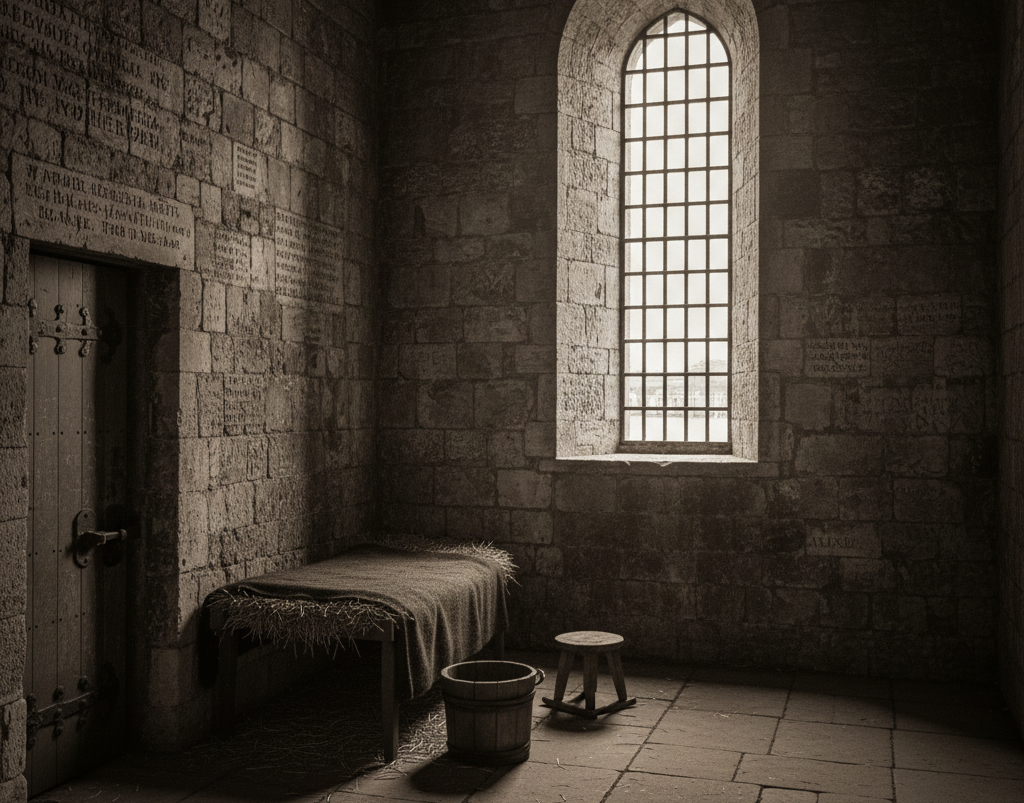
Some of the most famous names in English history spent their final days within these walls. Anne Boleyn, the second wife of Henry VIII, was executed here in 1536 after being accused—likely unjustly—of adultery and treason.
Sir Thomas More, the devout Catholic statesman who opposed Henry VIII’s break with Rome, was imprisoned and executed in 1535. Lady Jane Grey, known as the “Nine Days’ Queen,” was only 16 when she was deposed and later executed in 1554. Even the young Elizabeth Tudor, before becoming Queen Elizabeth I, was briefly imprisoned during the reign of her sister, Queen Mary I.
Contrary to popular myth, torture and executions inside the Tower were rare. Executions often took place on nearby Tower Hill, where large crowds could witness the event. Only the most high-profile prisoners—usually women of royal blood or those whose deaths required discretion—were executed privately on Tower Green inside the walls.
Place of Execution and Tragedy
The Tower’s dark reputation owes much of its infamy to how it played a role in the bloody power struggles of the Tudor dynasty. Anne Boleyn, young Lady Jane Grey, and Catherine Howard (Henry VIII’s fifth wife) lost their lives in here. Tower Green was the location where their executions were then carried out. That location still evokes just a haunting sense of loss.
The story of the Princes in the Tower is still a mystery of the Tower. Richard Duke of Gloucester placed Edward V plus his brother Richard Duke of York in the Tower during 1483 their uncle. Soon afterward, they disappeared. Richard III got the throne because many think Richard murdered them. The mystery has added to the Tower’s aura of tragedy with intrigue, but their true fate remains unknown.
The Crown Jewels and Royal Treasures
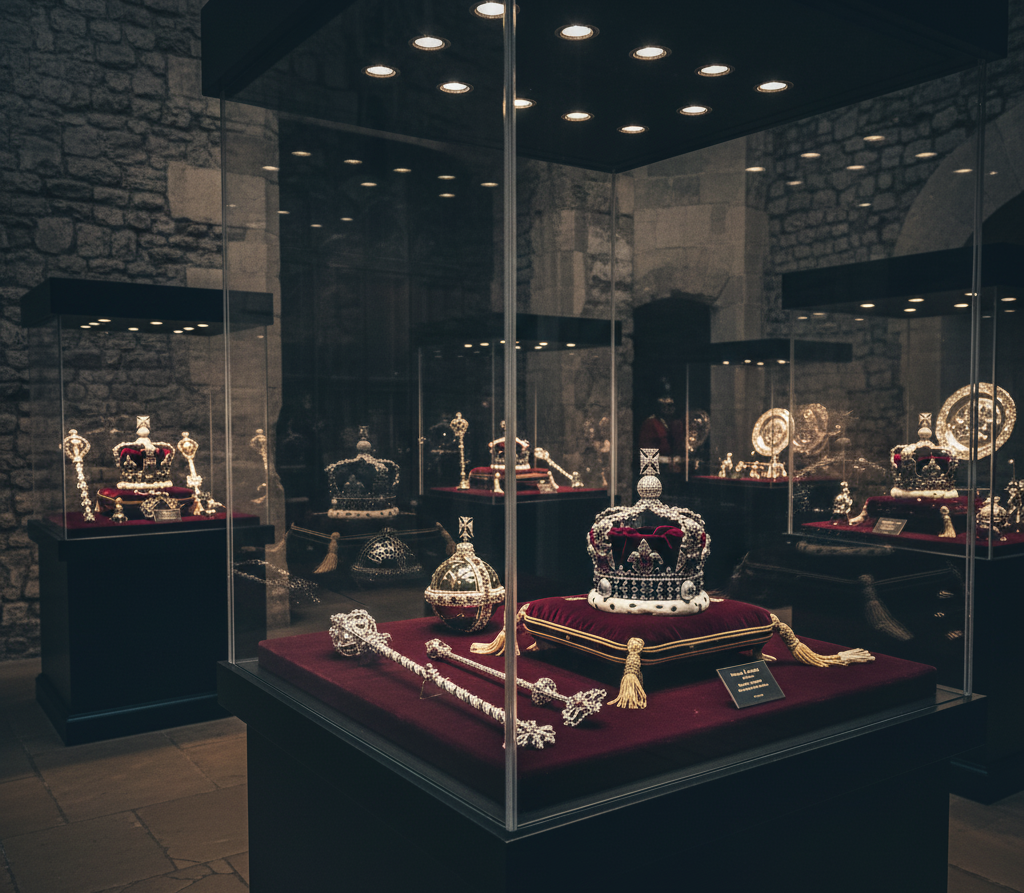
If the Tower was a place of death, splendor likewise marked it. Since the 14th century, the British monarchy’s Crown Jewels and ceremonial regalia have been housed there. Monarchs don the Imperial State Crown at an Opening of the Parliament State. The Sovereign’s Sceptre with Cross is yet another treasure so that it contains the world’s largest cut diamond like the 530-carat Cullinan I diamond.
Symbols for continuity, monarchy, and ceremony are more than the jewels’ wealth. They are used today during state occasions as well as coronations even. They do remain as one of the Tower’s greatest of attractions, and millions of visitors do come to see them in each year.
Military and Administrative Role
Beyond its famous prisoners and jewels, the Tower also had necessary military and administrative duties. English coins were produced throughout centuries at the Royal Mint site. It acted as a secure repository for state records as well as documents storing weapons.

For centuries the Tower hosted a royal menagerie. At this menagerie, English monarchs did receive both lions and leopards and other exotic animals as gifts coming from foreign rulers. This collection was eventually the basis for the forming of the modern London Zoo.
Legends, Myths, and Symbolism
History alone cannot explain just why the Tower is endlessly fascinating. Its stone walls happen to be encircled by legends and also ghost stories. Of all the legends, the one of the ravens is most famous. It is said that the kingdom will fall, should they ever leave the Tower. Ravens continue to be kept under watchful care, to ensure that the prophecy is never true.
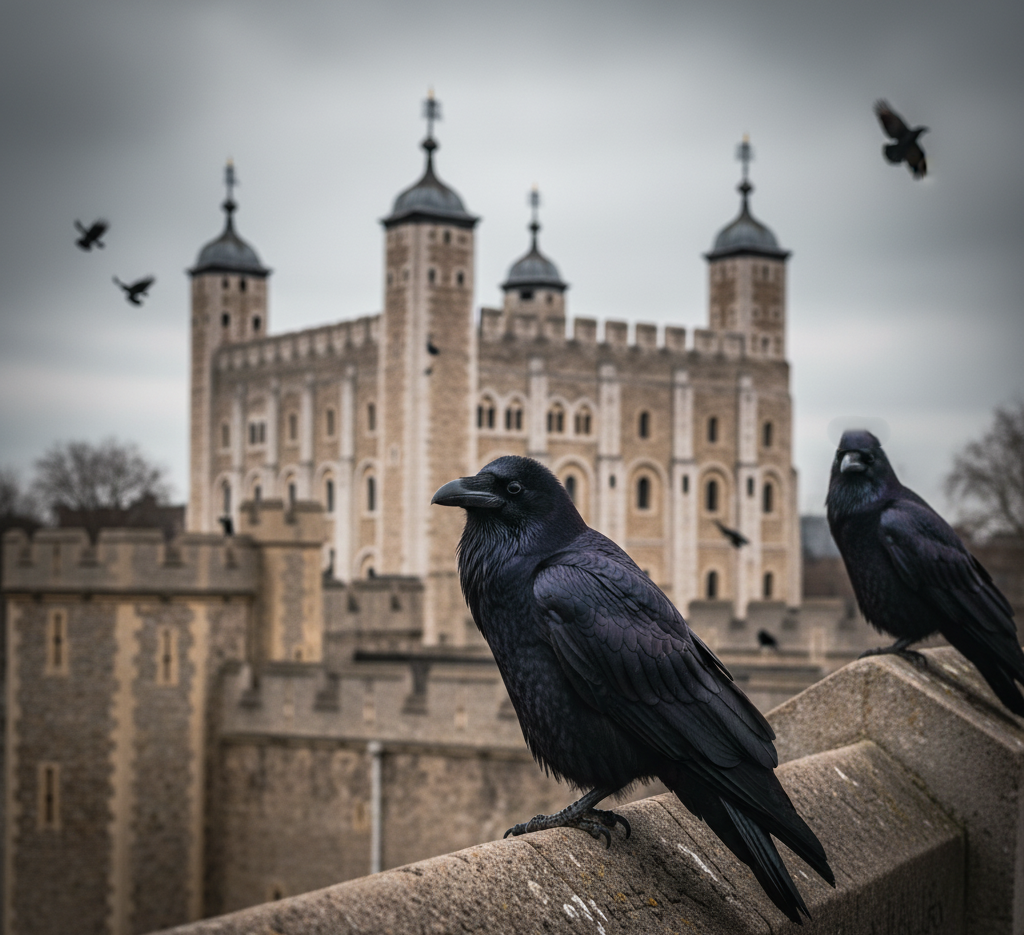
Ghostly tales abound particularly of Anne Boleyn who is said to walk the grounds carrying her head as well as Lady Jane Grey whose spectral figure appears on her execution’s anniversary. Some of these stories show the Tower’s place as royalty’s symbol. Yet other stories are made up or embellished accounts that depict it as scary.
The Tower of London Today
In modern times, the Tower of London has shifted from a fortress of power to a site of preservation and remembrance. Designated a UNESCO World Heritage Site in 1988, it is one of the most visited historic sites in Britain.
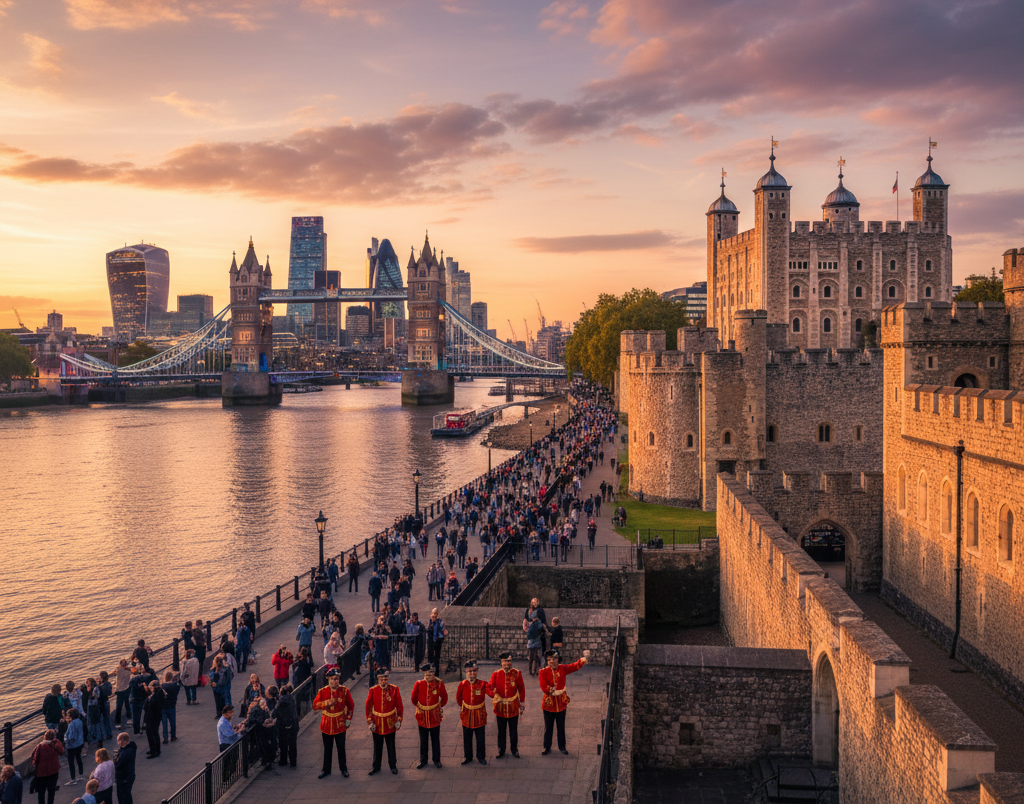
The Yeoman Warders, popularly known as Beefeaters, still guard the Tower and conduct tours filled with humor, myth, and historical detail. The Crown Jewels remain under heavy guard, and the Tower continues to embody the long, often turbulent story of the English monarchy.
The Passing of Time and The Myths of The Tower of London. The Tower of London, a famed monument of British history, stands tall, created in stone and enduring history. The Tower exclusively witnessed a part of History, transitioning from a stronghold of William the Conqueror, to a royal palace and imprisonment. It captured the most significant events in the history of England and, these weeks of narration and the lore associated with the structure of The Tower has created an English timeless history to the world.

To the world and English history, it lifts the veil and takes countless English histories. Every year, the memories of thousands walk the stations of the cross in the footsteps of the queens. Captured in the gravitas of the events of distress. Captured in the gravitas of the events of distress. Tall and proud. The history that is, Captured, engraved in the stone and standing tall for a long… forever.
